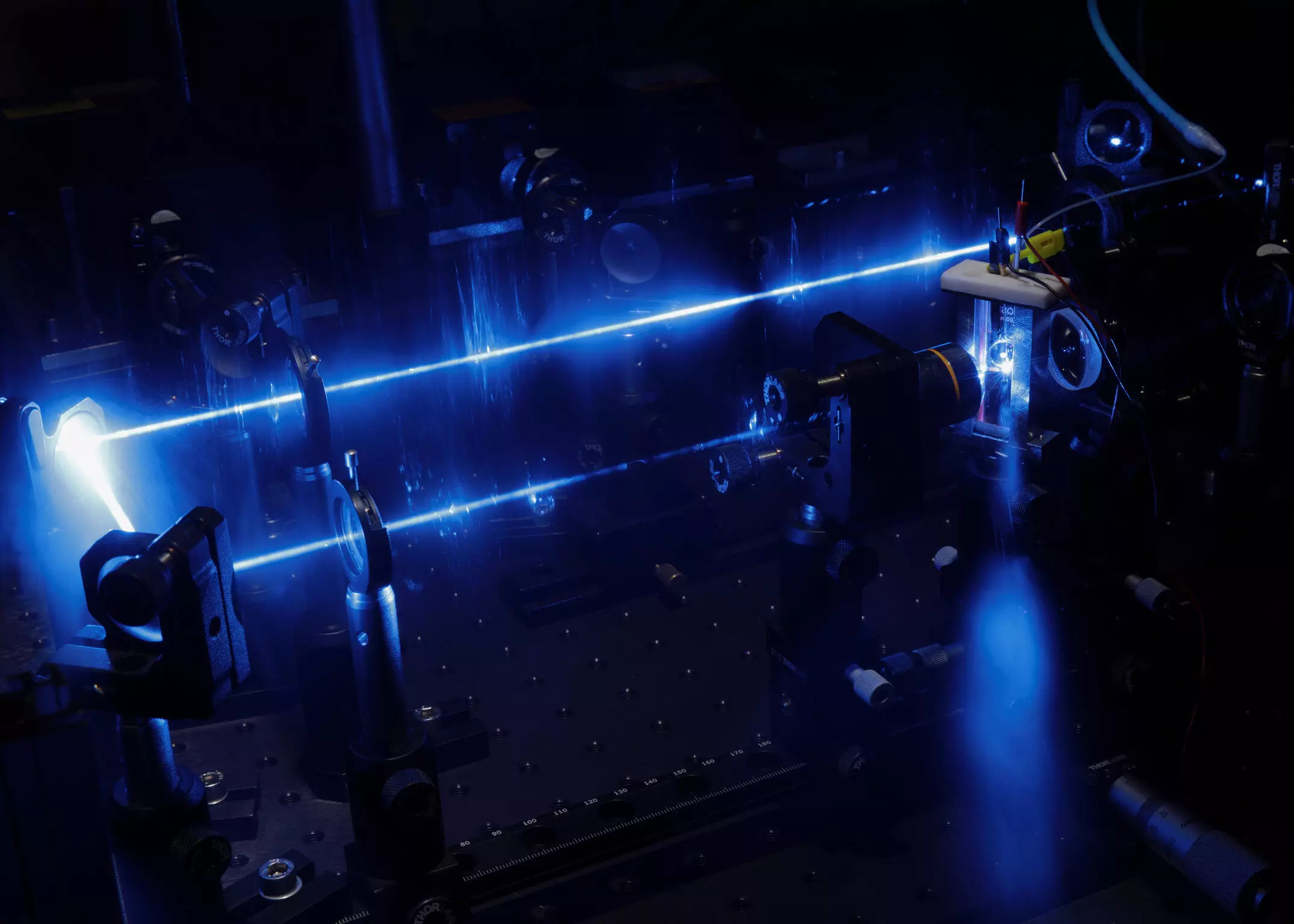A recent study conducted by scientists from the Leibniz Institute of Photonic Technology (Leibniz IPHT) and the Universities of Jena and Ulm has revealed the significant impact that small changes in the chemical structure of iron compounds can have on their light-absorbing properties. Specifically, the researchers found that alterations in the second coordination sphere of the molecule can lead to changes in how the iron compounds react to light they absorb.
The implications of this discovery are far-reaching, particularly in the realm of sustainable technologies. Iron complexes have the potential to serve as an environmentally friendly and easily accessible alternative to rare metal complexes like iridium or ruthenium in light-to-energy conversion processes. By demonstrating the ability to manipulate the light absorption of iron compounds through simple chemical modifications, the researchers have paved the way for the development of more sustainable technologies in the future.
One of the key findings of the study is the efficiency with which iron compounds can absorb light, as well as their ability to transfer electrons to a reaction partner post-absorption. This feature is crucial in processes such as photocatalysis and photovoltaics, where the transfer of energy is essential for driving chemical reactions. By showcasing the versatility of iron compounds in these applications, the researchers have highlighted the potential for these materials to play a significant role in advancing sustainable chemical processes.
The groundbreaking results of this study open up a myriad of possibilities for future research in the field of sustainable technologies. With the ability to precisely control the light absorption of iron complexes through their molecular environment, researchers can now focus on optimizing these compounds for use in various applications, including photovoltaics and catalysis. This represents a shift away from previous research efforts that primarily focused on expensive materials, towards a more cost-effective and environmentally friendly alternative with iron complexes.
By shedding light on the importance of chemical structure in influencing the properties of iron compounds in light absorption, this study has laid the foundation for the development of sustainable technologies that are not only effective but also accessible and environmentally friendly. The implications of this research extend beyond the laboratory, offering a glimpse of a future where iron compounds play a key role in driving the transition towards more sustainable energy sources and processes.


Leave a Reply